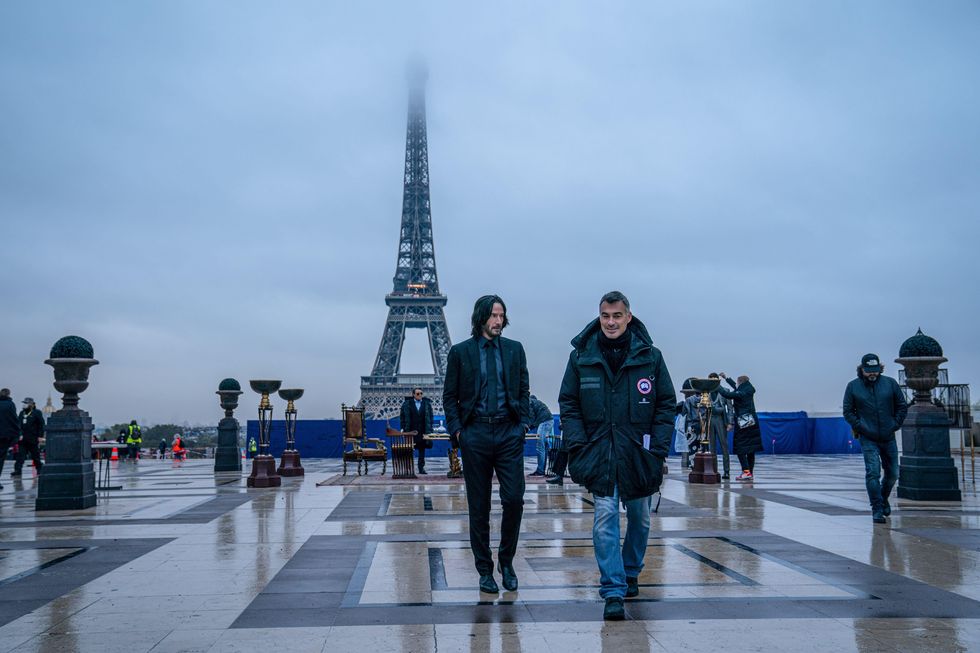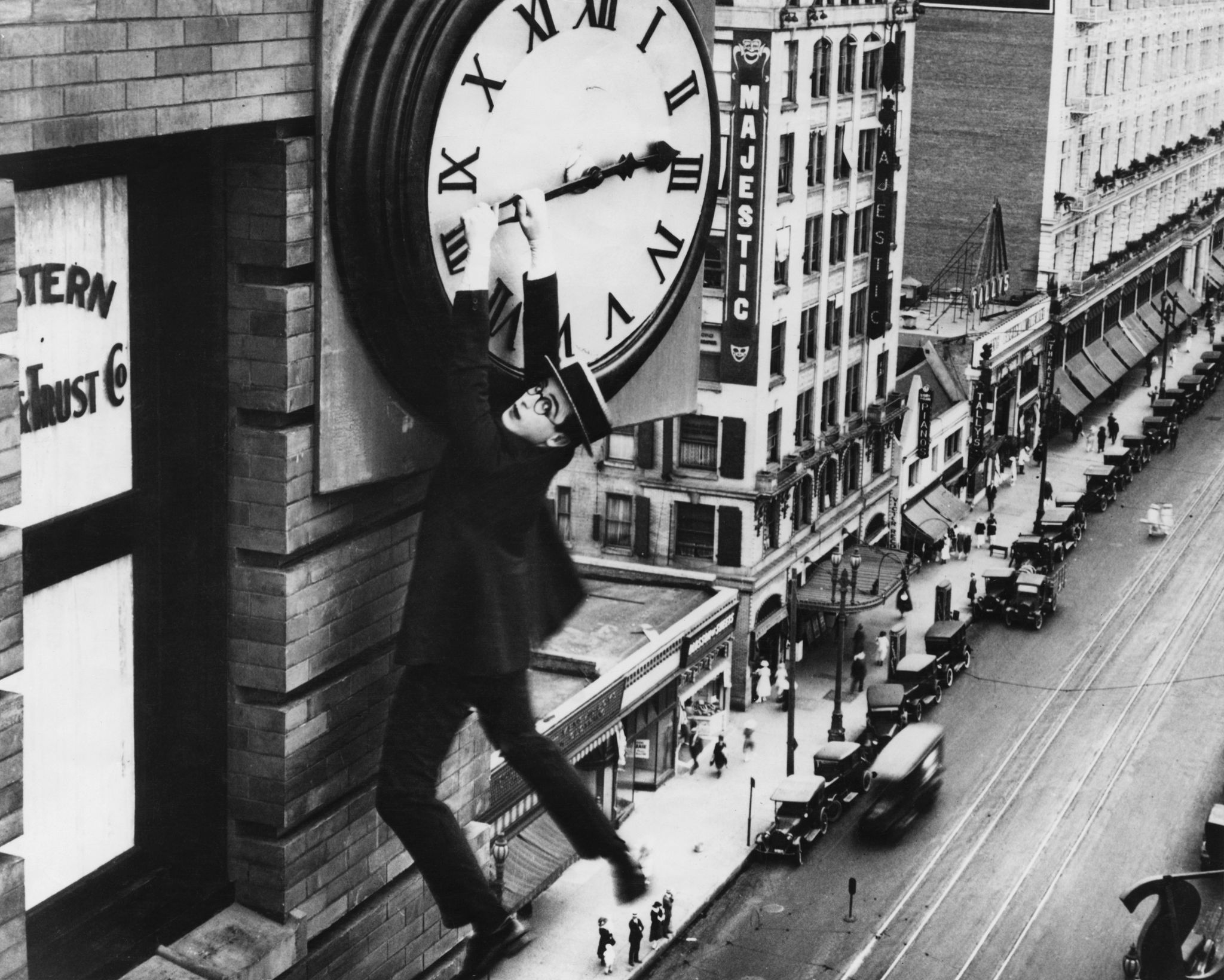In a time of maximal CGI and green screen backdrops, completely practical stunt work has become a relative rarity in film production. Tech wizardry is generally considered preferable to the dangerous and time-consuming task of hiring an entire team of coordinators, and while stuntmen and women clearly do still play a role, the most audacious action we see in major blockbusters tends to be computer-generated. (That often also means: lacking genuine jeopardy.) But nobody has ever made the mistake of accusing Tom Cruise of such malarkey.
Cruise’s famously anti-CG stunts in the Mission Impossible films (the seventh installment, Dead Reckoning Part One, hit cinemas this week to avid enthusiasm from critics) are the gold standard for what can be done with elbow grease and derring-do. That Cruise so often does them himself is nothing short of remarkable, given the kind of insurance hoops he’s likely to have to jump through. With the help of Mission: Impossible stunt coordinator Wade Eastwood, who also served as a stunt driver for Daniel Craig’s 007, Cruise’s work on the franchise has seen him repeatedly risk life and limb for the sake of a breathtaking sequence, be it close hand-to-hand combat on an aeroplane or scaling the world’s tallest building. As Cruise has it: "I want to give everything. To have that experience, to see that it communicates to an audience when it’s real. It’s different. There’s stakes, there’s real stakes".
Requiring a unique combination of athleticism, careful preparation to avoid injury, and cinematic nous – where to look, how to fall, and where the camera will best be placed to catch the action – practical stunt work is beginning to receive more appreciation by the wider public. News stories circulate about Cruise or Daniel Craig injuring themselves and holding up production, adding to the sense of jeopardy and good old-fashioned filmmaking. The Daily Beast recently published a piece with the headline: ‘Tom Cruise Keeps Risking Death For Our Entertainment. Thank God’. By its nature designed to fool the audience with an illusion of danger – that their favourite film stars are at risk – it makes sense that even the most garlanded and respected of stunt coordinators are often in the shadows. But as Marvel fatigue sets in and cinemas pin more hope on the kind of bruised and battered actioners that Tom Cruise specialises in, these professional daredevils are getting their due once again.
Filmmaker and former stuntman Chad Stahelski, with his specialism in martial arts choreography, has been one of the figures at the forefront of that visibility, with the hugely popular John Wick series and its bone-crunching practical effects. Whether spinning through Paris streets or endlessly, comically fighting up and then falling down the Sacre Coeur steps, Keanu Reeves’ willingness to put his body on the line – with the support of his experienced stunt team – resembles Tom Cruise’s, to some extent. Interestingly, in interviews, both Chad Stahelski and Wade Eastwood pay their dues to the older generation of stunt performers, understanding the difficulties of safely achieving the extraordinary. Both have mentioned the great Buster Keaton as a huge influence on their work.
Of course, for a large chunk of the early history of moving pictures, stunt work was by its nature practical: there was no other choice. The early slapstick comedians had the injuries to prove it, too – Harold Lloyd blew off a few fingers with dynamite onset. The death-defying stunts pulled off in the days before ‘health and safety’ was even a phrase, never mind an entire department, were positively toe-curling: stuntmen died or were maimed being attacked by ‘trained’ animals, drowning in river rapids, impaled by their own swords in battle sequences or falling from great heights.
The visual results were nonetheless often remarkable: live auto crashes, thousands of charging soldiers, people tip-toeing along the wings of biplanes. Suffice it to say, some things can only ever be seen in cinema of this vintage, given the insane level of risk involved. But even as late as the 70s, stunt people were at great risk. As Greg Powell, veteran British stuntman late of Bond and Bourne, recalls, ‘I used to use copies of The Daily Mirror as elbow padding in the early days’.
Finding the sweet spot between the excitement of capturing physical jeopardy and avoiding actual danger is thus the responsibility of modern filmmakers and stunt coordinators. Safety measures have increased greatly over the intervening years: soft-build sets to bounce off in fight scenes, airbags rather than nets to break falls, ex-military trainers brought in for stars, and extensive rehearsal and physical conditioning.
CGI may still be considered preferable by some – the argument can be made that the risks of practical stunt work are still there, regardless of safety measures. But you can’t make an omelette without breaking a few eggs (or bones, maybe), and the gasp-inducing marvel of the sequences in Mission Impossible: Dead Reckoning are proof positive of that. Whether it's fighting on a replica 60-ton antique train at high speed or a motorbike jump that rates among the most elaborate and risky in Cruise’s career, practical stunts continue to push the envelope for what can be done onscreen.
The work that qualified and specialist professionals like Wade Eastwood are capable of belongs to the same tactile joy as that of an old-school film projectionist. Out with the old and in with the new is fine, but as Tom Cruise himself would be likely to tell you, there’s nothing like the real thing.
'Mission: Impossible – Dead Reckoning Part One' is in cinemas now.















